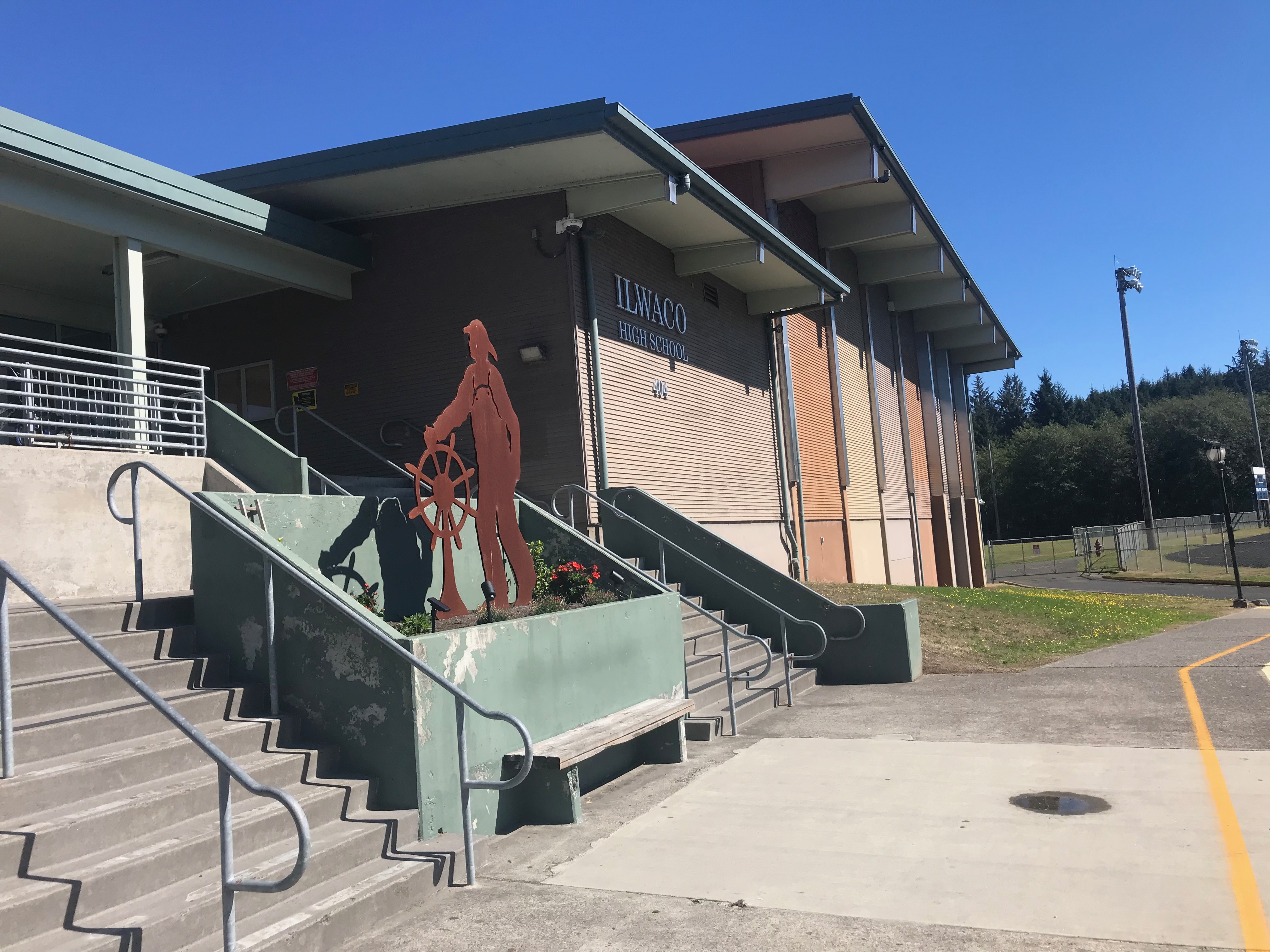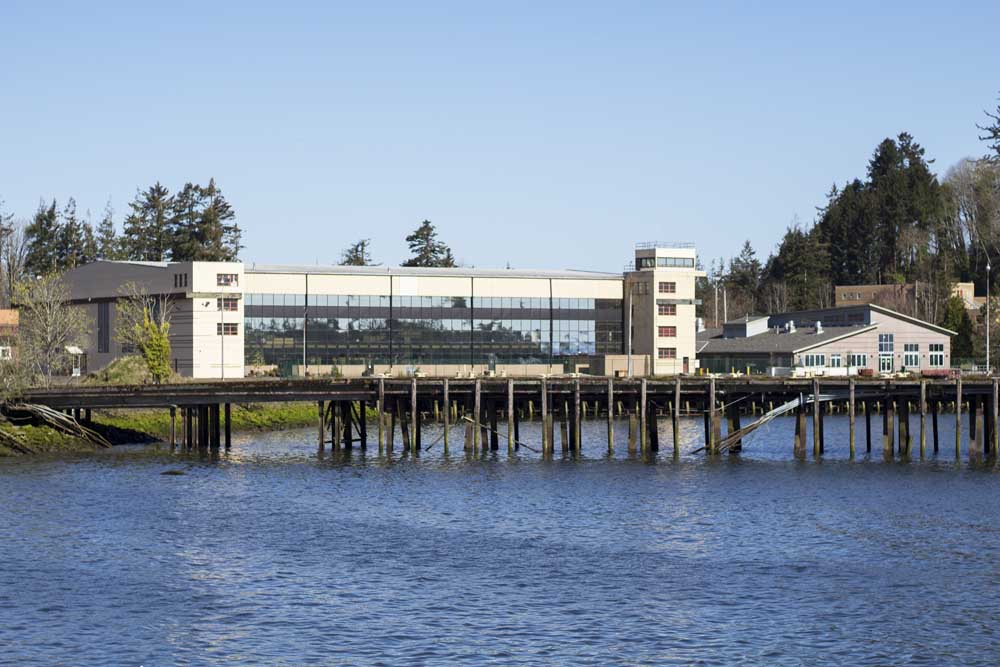Feds propose slashing tsunami mitigation funding
Published 6:56 pm Monday, July 1, 2024

- Federal funding for things like tsunami-warning sirens may be cut.
The federal government has put funding for the National Tsunami Hazard Mitigation Plan (NTHMP) on the chopping block. It would affect millions of dollars in state and local programs. Pacific County, along with counties along the Pacific Coast, are scrambling to stop the cuts.
In Washington, the funding is primarily used for the Washington State Emergency Management Division (WAEMD) and trickles downward. Pacific County has used funding allotments in the past to upgrade the All-Hazards Alert Broadcast (AHAB) system and tsunami warning signage.
The potential cuts come at a time when the entire coasts of Washington and Oregon are within the time window for a massive Cascadia Subduction Zone earthquake. Recent models from the Washington State Department of Natural Resources show danger, especially on the Long Beach Peninsula — where few high-ground locations are available.
Pacific County Emergency Management Agency (PCEMA) Director Scott McDougall has been working to express the importance of the funding.
“Pacific County is staring down the barrel of a loaded gun,” McDougall said. “When the Cascadia Subduction Zone ruptures, as we know it will, it will unleash the largest disaster ever seen on the North American continent.”
“Pacific County will be ground zero for this event. The earthquake and resulting tsunami will not only endanger the lives of the 24,000 souls that live here, but also the lives of a tourist population that can exceed 125,000 on any given weekend,” McDougall added.
The funding could be slashed as early as this year under the proposal that calls for diverting $2 million of funding toward two Tsunami Warning Centers, equating to nearly a third of this year’s entire NTHMP funding.
The proposal also calls for slashing all of the $6 million budget for 2025, meaning states would have to either pick up the slack themselves or lose out on some programs. In Washington, the cuts would primarily impact positions at WAEMD.
“This pays for positions at WAEMD that coordinate our tsunami work groups,” McDougall said. “It provides support to the coastal counties to make sure we are able to maintain our tsunami programs in a way that is helpful to the people.”
McDougall foresees the most significant challenge being the state having to pick up the funding slack. Eventually, this could mean that agencies may have to go to their communities to elicit funding.
“I want to be really clear about this — we will continue to do the same things we have always done,” McDougall said.
The $6 million annual budget for the NTHMP is roughly 0.00015% of the federal budget, which tops $4 trillion annually.
“I mean, it is budget dust,” McDougall said.
McDougall has contacted all three delegates in Washington state, including U.S. Rep. Marie Gluesenkamp Perez (D-Skamania), who has been vocal about her stance and the necessity of tsunami mitigation funding.
“Despite being a relatively small part of the NOAA budget, the NTHMP allows the 28 participating states and territories to provide invaluable services,” Perez stated. “These include planning for response and mitigation, public education, hazard modeling, and alerts to provide an early warning for communities at risk.”
“Pacific and Lewis counties are just two of the many counties at risk across coastal and near-coastal America. These localities rely on grants from NOAA for their emergency preparedness; without that funding, they will not be equipped to protect their communities when a tsunami inevitably comes. I strongly urge the subcommittee to fully fund NTHMP in 2024,” Perez added.





